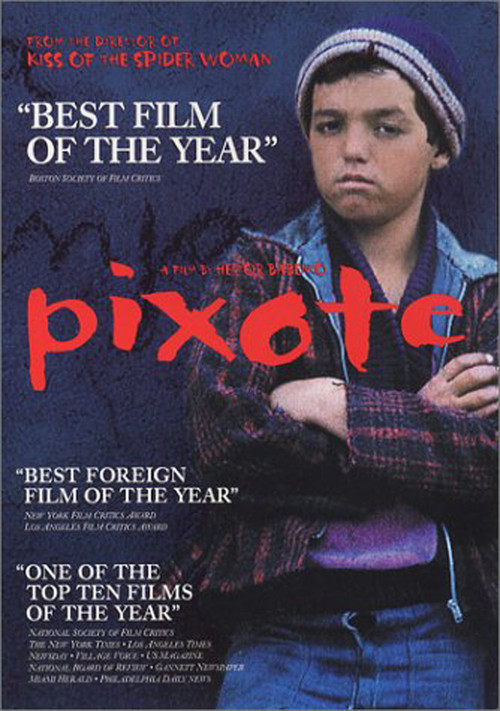

Runtime
Category
Language
Director
Actors
Pixote
Watch it Later
Watch it On
What's it About
Pixote (da Silva) is just one more runaway kid, among thousands of others, barely surviving on the mean streets of Sao Paolo. At ten years old, he's already felt a lifetime of pain and seen only the cruel, ugly side of life. His situation worsens when a police roundup lands him in a grim juvenile detention center, where conditions are even worse than on the outside. After suffering at the hands of inmates and guards, Pixote and a few comrades escape back to the slums where they descend into even more desperate criminal activity, perpetuating a cycle of crime and violence that can only end in tragedy.
Why we love it
This brutal, unflinching look at the plight of homeless children in Brazil has lost none of its raw power a full three decades after its release. Young da Silva was plucked from a life not dissimilar to Pixote's in the film, and his wide-eyed, cherubic face makes a heartrending canvas, at once capturing the inherent innocence and learned criminality which co-exist in the same child. Though initially Babenco's film drew much-needed attention to the plight of these children, not much changed as a result: da Silva, reverting to crime after his brief moment in the spotlight, was eventually gunned down in his home by police.
